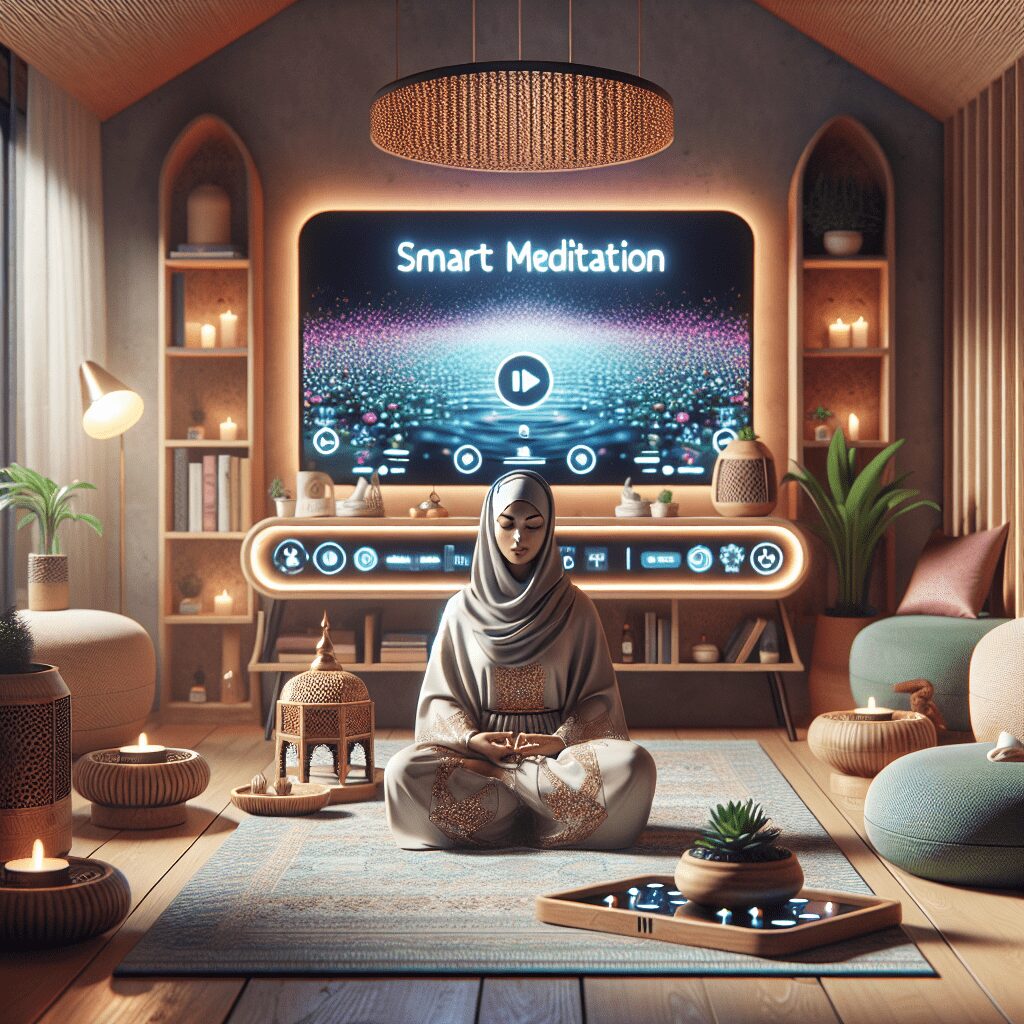
Prioritize your mental well-being daily. Enhance your life by nurturing your mental health with the Smart Meditation app. Break free from stress, alleviate anxiety, and enhance your sleep quality starting today.
Do You Have To Close Your Eyes When You Meditate?
The Eye-Opening Truth About Meditation
Ever wondered if you need to shut your eyes tighter than a clam’s shell during meditation? Or if keeping them open might just lead you astray from the path to enlightenment? Well, you’re not alone in this reflection. The realm of meditation is as vast and varied as the ocean, and when it comes to the practice, there’s no one-size-fits-all. Let’s dive deeper and unearth some facts, breaking down whether you need to keep your peepers shut or wide open.
To Close or Not to Close?
The Case for Closing Your Eyes
Closing your eyes during meditation isn’t just a cliché from movies. There’s method to the madness. By shutting out the visual stimuli, you press the mute button on the external world. This helps you:
- Concentrate better
- Minimize distractions
- Dive deep into a state of relaxation
- Enhance inner awareness and introspection
Think of it this way – it’s like turning down the volume of reality to tune into the whispers of your inner self. For many, this is the golden ticket to achieving tranquility and a deeper meditative state.
The Open-Eyed Approach
But hang on! Before you think it’s all about the dark, let’s throw some light on another perspective. Some meditation practices, especially those rooted in Zen and Tibetan traditions, keep the eyes partially open. This nifty trick is not as counterintuitive as it seems. It helps:
- Ground you in the present moment
- Foster a sense of openness and awareness of your surroundings
- Prevent drowsiness or zoning out
Imagine keeping a soft gaze, letting the light and shadows of the external world blend into your meditative journey. It’s about being present, here and now, fully awake and yet deeply meditative.
The Middle Path: Finding What Works for You
So, here’s the rub—there’s no hard and fast rule. The best approach is like picking your favorite ice cream flavor: deeply personal and subject to individual taste. Here are a few scoops to consider when choosing your meditative path:
- Experiment and Experience: Try both methods. You might be surprised at what resonates more with your inner zen.
- Body and Mind Connectivity: Pay attention to how your body and mind respond. You’re looking for comfort, focus, and a deeper connection.
- Context Counts: Your environment might dictate your choice. In a bustling park, eyes slightly open might work wonders. In the tranquil confines of your living room, closing your eyes might be your ticket to serenity.
Wrapping It Up with a Zen Bow
In the grand tapestry of meditation practices, whether you keep your eyes open or shut is just a thread. What truly matters is your commitment to the practice, the mindfulness you nurture, and the journey you embark upon. So, the next time you settle down to meditate, remember—whether your eyes are open or closed, you’re on the right path. After all, the real voyage of discovery consists not in seeking new landscapes, but in having new eyes.





